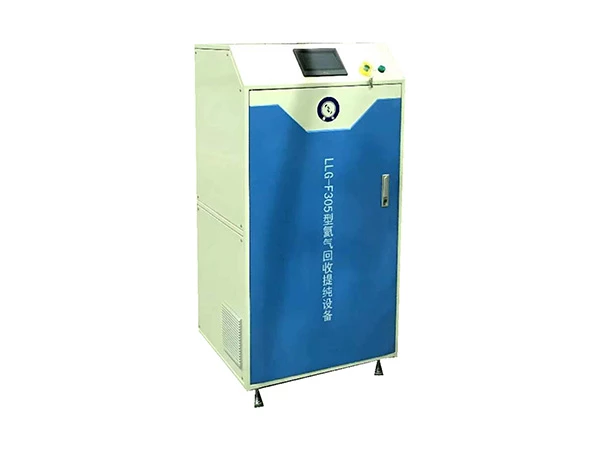Vacuum systems are widely used in various industries, including aerospace, semiconductor manufacturing, and medical equipment production. The efficiency of these systems depends on their ability to maintain a high level of vacuum, which can be compromised by leaks. To detect and locate leaks in vacuum systems, helium mass spectrometer testing is a commonly used technique.
Helium mass spectrometry is a sensitive and accurate method for detecting leaks in vacuum systems. It works by introducing helium gas into the vacuum chamber and then using a mass spectrometer to detect any helium that escapes. The spectrometer can detect helium at concentrations as low as 10^-9 parts per million (ppm), making it an incredibly sensitive method for detecting leaks.

The first step in helium mass spectrometer testing is to prepare the vacuum system for testing. This involves evacuating the system to a specific pressure level and then introducing helium gas into the system. The helium gas can be introduced into the system in a number of ways, such as through a leak detector or through a vacuum-sealed valve.
Once the helium gas has been introduced into the system, the mass spectrometer is used to detect any helium that escapes. The spectrometer works by ionizing the helium atoms and then separating them based on their mass-to-charge ratio. The helium ions are then detected by a detector, which produces a signal that is proportional to the amount of helium present.
The data produced by the mass spectrometer is analyzed to determine if any leaks are present in the vacuum system. The location of the leak can be identified by scanning the mass spectrometer probe over the surface of the vacuum system while monitoring the helium concentration. The point at which the helium concentration is highest indicates the location of the leak.
There are several advantages to using helium mass spectrometer testing for leak detection in vacuum systems. First, it is an extremely sensitive method for detecting leaks. It can detect leaks that are too small to be detected by other methods, such as bubble testing or pressure decay testing. Second, it is a non-destructive testing method, which means that the vacuum system can be returned to service immediately after testing is complete. Third, it is a fast and efficient method for leak detection, which can save time and money compared to other methods.
However, there are also some limitations to using helium mass spectrometer testing for leak detection in vacuum systems. One limitation is that it requires specialized equipment and trained personnel to perform the test. Another limitation is that it can only detect leaks that are located near the surface of the vacuum system. Leaks that are located deep within the system may not be detected by helium mass spectrometry.
In addition, helium mass spectrometer testing can be affected by a number of factors that can produce false positive or false negative results. For example, if the system is not properly prepared for testing, it can produce false positive results. If there is a large background concentration of helium in the environment, it can produce false negative results.
To ensure the accuracy and reliability of helium mass spectrometer testing, it is important to follow best practices and guidelines for performing the test. This includes properly preparing the system for testing, calibrating the equipment, and interpreting the data accurately.
In conclusion, helium mass spectrometer testing is a sensitive and accurate method for detecting leaks in vacuum systems. It can detect leaks that are too small to be detected by other methods, and it is a non-destructive testing method that is fast and efficient. However, it also has some limitations and requires specialized equipment and trained personnel to perform the test. By following best practices and guidelines for performing the test, the accuracy and reliability of helium mass spectrometer testing can be ensured.







